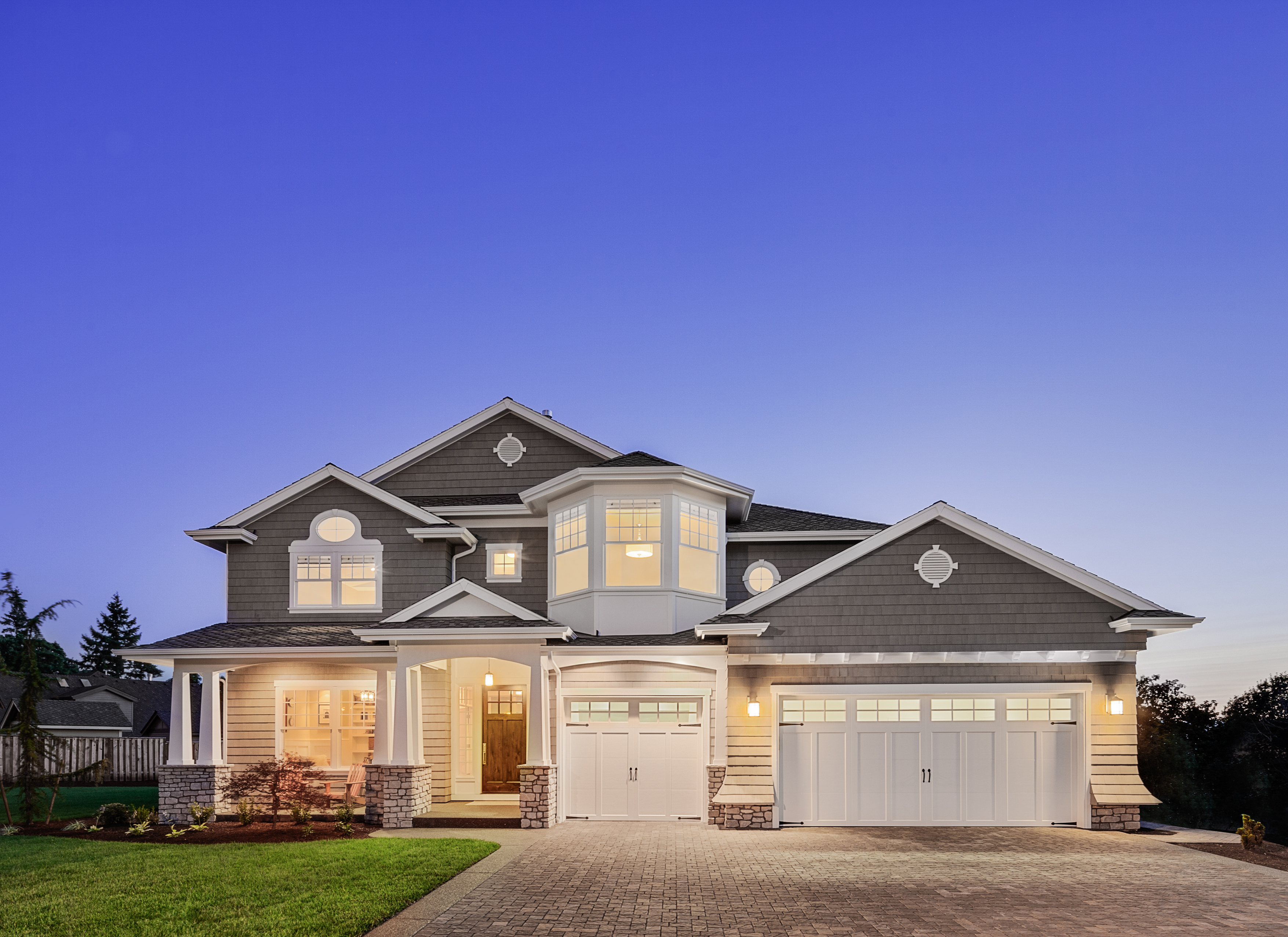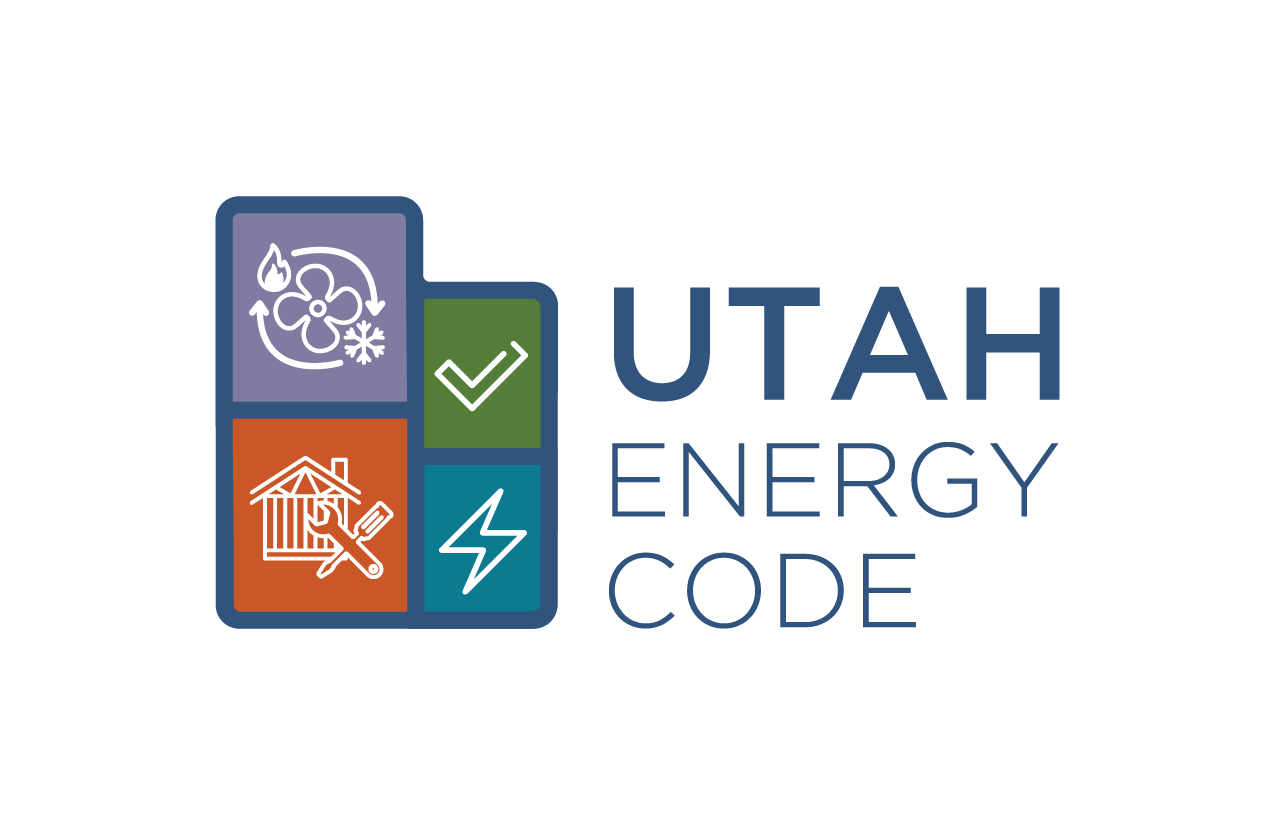Imagine a rich uncle gave you $100,000 with the stipulation that you could only use the money to buy a truck. With cost not really being a factor, your list of things you would look for in a truck might look like this:

- Performance
- Maintenance
- Comfort
- Look/style
- Accessories
Once these criteria are satisfied, you could pick a truck which would get you where you need to go in style and comfort. Now, imagine that same uncle gave you $1,000,000 with the stipulation that the money went to buy a new home. Your criteria for this purchase might include:

- Location
- Size
- Lot
- Look/style
- Accessories
Note that none of the criteria used to select the home has anything to do with the operation or performance of the home, while the top three criteria for the truck are performance and comfort. Although the operation and utility costs of a home are the second highest (behind mortgage) monthly payment for most homeowners, performance of a new home is not a top priority of new home buyers. So, how do we help homeowners care about the operating costs of a home?
Municipalities, utility companies, and special interest groups have been touting the benefits of energy efficiency for years. Utility companies have incentive programs to help persuade builders and homeowners to use more efficient equipment and building techniques. Building codes mandate better building practices. Unfortunately, energy efficient building practices have been slow to progress. One reason for this is the fact that new home builders need to respond to their customers’ priorities, which often don’t include performance. When decisions are made between spending a limited budget on better cabinetry or better insulation, home performance takes a back seat to look and style. New homeowners often don’t consider that a home, like a truck, needs to be operated and maintained. Due to lack of focus on home upkeep and operations cost, many cash-strapped new home owners are saddled with an inefficient home.
How do we help homeowners care? One idea currently being piloted is to alter the focus of building codes and utility incentives to follow the same model we use to buy nearly any other consumer product. The builder/new-homeowner team, through careful design and energy modeling, will set an energy use goal for the home before construction starts. At the end of the 1-year warranty period, actual utility bills will be reviewed, and if the goal was met, both the homeowner and the builder will be rewarded with a significant incentive. If the goals are not met, penalties for the contractor (the homeowner is already being penalized by paying higher utility bills than necessary) will be implemented. The pilot program is designed to include home performance in the items covered in the standard 1-year warranty period. It also helps the home owner and contractor work together on learning how to best operate the home. Energy building codes, which are largely unenforced, would become irrelevant. The end goal would be to add home performance to the list of the top 5 criteria in new home selection. If homeowner were educated and aware of home operation costs, builders would raise their own standards to meet demand. New home owners could be confident that their $1,000,000 home would run like a million bucks.
– Dr. Energy

